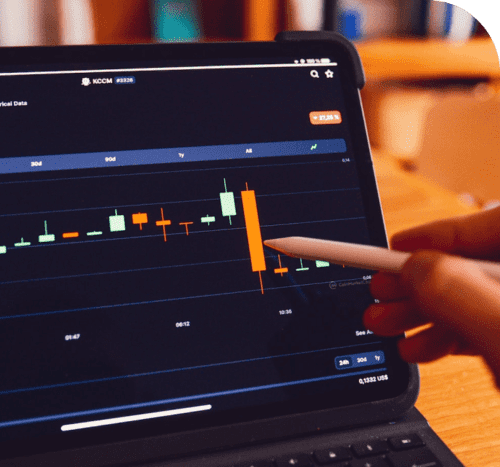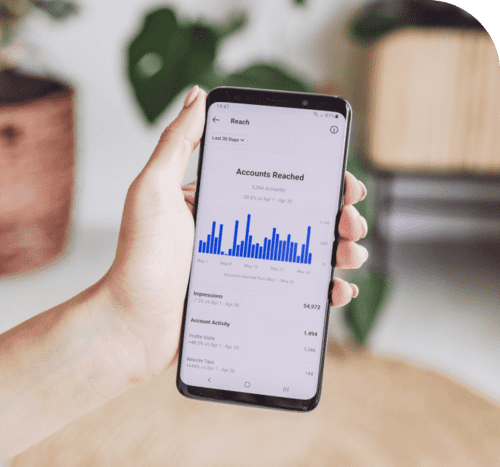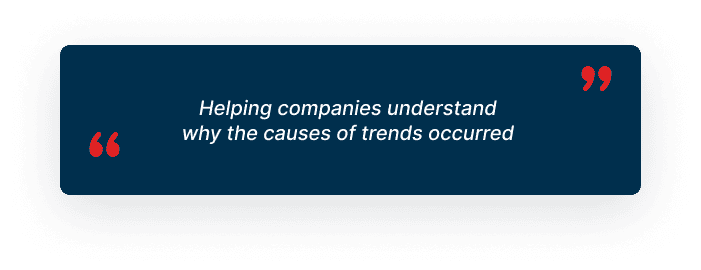Diagnostic Analytics
Do you want to determine
the causes of what is happening in your business?
Diagnostic analysis helps you understand why certain changes or events occurred in your data.

If your analytics capabilities are falling short, it’s likely due to one of the following common obstacles:

Lack of understanding regarding the behavior of your data in the business context.

Difficulty looking for hidden patterns, trends and correlations in your data.

Late detection of anomalies in your data that may affect your business processes.

Lack of data segmentation models according to the operation of your business.

It does not establish data correlations to have a better understanding of the business.

You have difficulty understanding the factors and events that led to the results in past statements.

DAECO's diagnostic analytics model allows you to overcome these obstacles
Enable your company to focus on what truly matters for achieving success and avoiding failure. Our diagnostic analysis uncovers hidden factors that might go unnoticed, helping you make better-informed decisions.
The 3 stages in our
Diagnostic Analytics Model

We use a variety of techniques to provide insights into the causes of trends. These include:
Data mining, we hunt through large volumes of data to find patterns and associations within the data.
Correlation analysis, with this we examine how strongly different variables are linked to each other.
Diagnostic analytics goes beyond simply illustrating key trends and patterns and seeks to identify their causes. Looks at why something happened: what went wrong and what went right?
We help businesses understand why things happen and uncover the reasons behind trends. This way, they can make smarter decisions and better prepare for the future.


With DAECO´S Diagnostic
Analytical solution:
- Provide context to a business problem and answer questions that can’t be answered simply by viewing dashboards and reports.
- Identify anomalies, patterns, trends, and hidden correlations between variables and events to alert you to potential issues as they develop.
- Get a better understanding of the internal and external elements that influence your results.
- Ask the right questions.
- Get answers according to unique difficulties and perspectives of your business.
- Know your business processes.
- Translate your complex data into visualizations and insights that everyone can take advantage of.
- Make better-informed decisions about how to fix problems and drive continued success.


